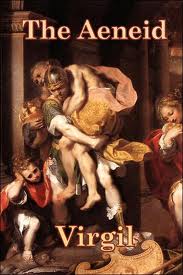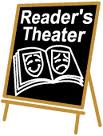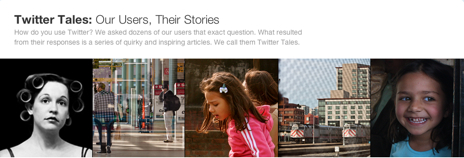When I was preparing to enter high school, my father told me I had to take Latin. His mother had been a Greek and Latin scholar at Wellesley, and later briefly taught these classic languages. I was not enthusiastic about Latin. I wanted to take French. My father and I compromised. I would take two years of Latin.
My Latin teacher, as it turned out, was fresh out of college and in his first year of teaching. He was only nine years older than I was (even now in his 60s, he still has a boyish look, as you can see in the photo at right).
And he was a fabulous teacher. Energetic, interesting, and passionate about his subject matter, he brought the allegedly dead language vibrantly to life. I immersed myself in studying Latin with Mr. Rhody, a.k.a. “Magister,” the Latin word for teacher. I was a good student in most of my subjects, but I worked especially hard in Latin and earned excellent grades. As you may have guessed by now, my compromise with my dad proved unnecessary because I eagerly took four years of Latin (I did also take French, but that experience was far less memorable). I enhanced my immersion in ancient Roman culture through involvement in Latin Club and two spring-break trips to Italy. At the end of the four years, I won the Latin Prize, an accomplishment I have always valued more than most (even though I kind of thought my cousin Vicki deserved it more than I did; she earned straight A’s for all four years of Latin, where I had gotten a B in the first grading period because I had mono).
Even after the years of high school, college, and graduate school, David Rhody remains — by far — my favorite teacher and one of my greatest influences.
Not that many students take Latin today, and many schools don’t even offer it. (I would have invoked the same requirement for my two children that my father did for me, but Latin was not offered at their highschool.) That’s a shame. As my Magister taught me, 60 percent of the English language comes from Latin. Mr. Rhody assigned us to keep “derivative notebooks” to catalog the English words derived from Latin. My four years of Latin were an enormous boon to my vocabulary and my life as a writer. A knowledge of Latin helps a person figure out the meaning not only of unfamiliar English words, but also words in any of the Romance languages.
But I digress … I have kept in touch with Mr. Rhody over the (too many) years since high school, and last year, we became friends on Facebook. He has been retired for several years now, but I like to think his legacy lives on just as vibrantly in the classroom (jokingly referred to as the “Latin wing” of our high school) since his successor is one of his students.
A few weeks ago, I received a Facebook friend request from Larry Smith, co-founder of  SMITH Magazine, which I’ve written about many times in this space. Larry had noticed we had a mutual friend — David Rhody. Turns out Larry had had the Magister experience 15 years after I had.
SMITH Magazine, which I’ve written about many times in this space. Larry had noticed we had a mutual friend — David Rhody. Turns out Larry had had the Magister experience 15 years after I had.
It’s fascinating to speculate about whether anything about our mutual high-school or Latin experience led us both to storytelling. In fact, Larry told me Latin class did influence him, noting that he couldn’t remember where his passport was but could vividly remember Hannibal crossing the Alps on elephants. For me,  The Aeneid mesmerized me with its storytelling by the poet Vergil.
The Aeneid mesmerized me with its storytelling by the poet Vergil.
I have a good chance to learn more about Larry’s Latin-storytelling connection as he has agreed to participate in a Q&A soon.








